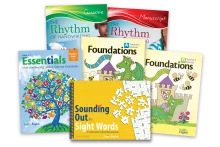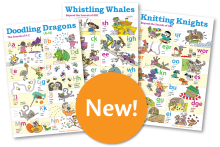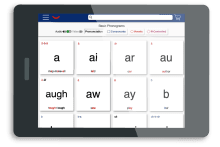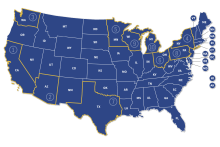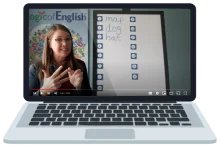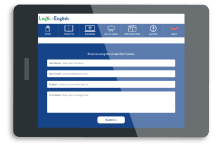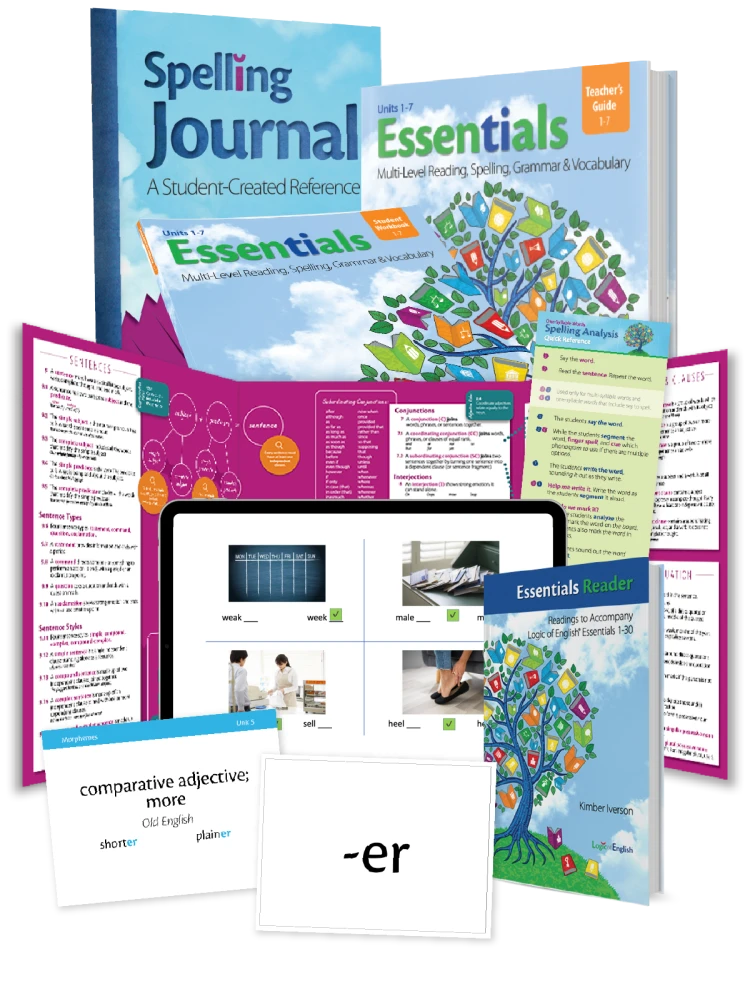“We started Essentials in 3rd grade, and we took our time through the program, completing levels B and C. She is now an excellent speller! And, her grammar and vocabulary understanding and retention are commendable. We could not be more happy with the results of Essentials, and I have used several other programs with my other child. I so wish we could bring Logic of English into every classroom.”

A Comprehensive Curriculum Based on the Science of Reading
Whether you are an experienced teacher or a new homeschool parent, Essentials provides you with tools for explicit, systematic instruction that incorporates the five strands of reading plus handwriting, spelling and grammar.

Three Levels Adaptable to a Wide Range of Learners
With a multisensory approach and an emphasis in instruction for exploring sounds and building words, each Essentials unit includes optional activities designed for differentiated practice to meet the needs of individual students.

Simplify Your Teaching Experience and Enhance Your Student's Learning Experience with Essentials Online
With interactive videos, games and activities for the first two levels of Essentials, these eLearning components allow you to determine a balance of in-person and online instruction, review, and practice that works best for you and your student!
Integrate Essentials Online With Ease
Adding an online component can enhance and diversify your students’ learning experience all while making life easier for both the student and the teacher. Use these planning guides to effortlessly incorporate the online lessons, games and activities into your upcoming Essentials 1-30 lessons!

Which Level Is Best for Your Student?
All students begin at Unit 1, but you should use the Essentials Placement Test to determine their level. Level A begins with one-syllable words such as map, dog, hat, fast and pink. Level B begins with one- and two-syllable words such as grand, drab, mitten, pumpkin and canyon. Level C includes instruction in Latin and Greek roots and begins with words such as contest, contract, abstract, consistent and insistent.
Essentials Placement TestEvery Unit Is Divided Into Five Manageable Parts To Help With Pacing and Mastery

Part One: Essential Concepts
Part one focuses on phonemic awareness, systematic phonics and spelling rules. Students learn the essential concepts that will help them understand the relationship between letters and sounds.

Part Two: Building Words
In part two, students learn to apply the knowledge they acquired in part one and analyze how words are spelled.
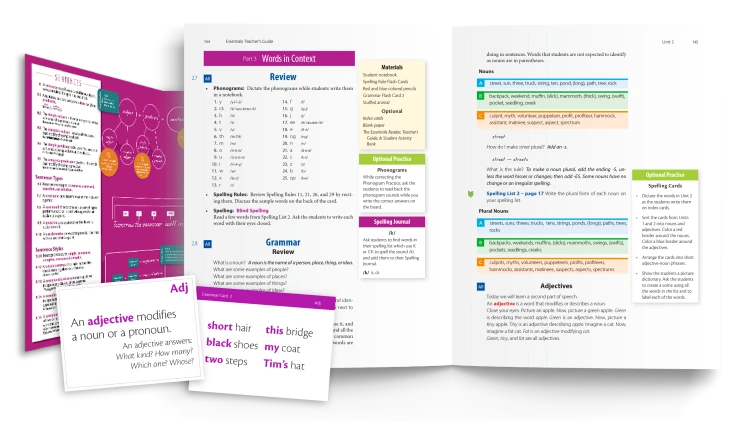
Part Three: Words in Context
Part three focuses on grammar rules and teaches parts of speech. All words, phrases and sentences used are controlled by the phonograms that have been introduced.

Part Four: Words in Action
In part four, students expand their vocabulary by learning to add affixes and looking at morphemes within words.

Part Five: Check Your Understanding
Part five checks understanding so you know what skills your students are mastering and which skills need more review and practice.
Bundle and Save
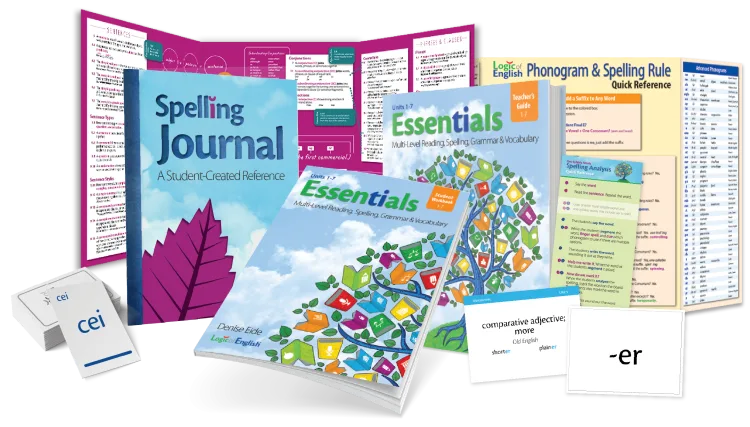
Buy as a Set and Save 10%
Essentials 1-7 Set contains everything needed to develop strong literacy skills, from discovery-based lessons and optional practice activities to interactive games.
Standards Taught in Essentials

Resources That Support Instruction and Engage Students!


